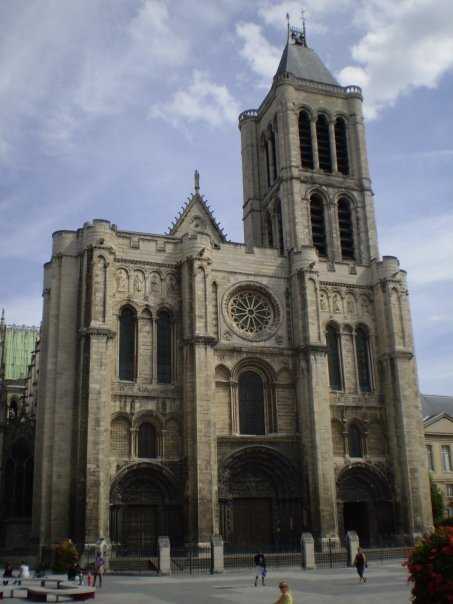Popular Trip Moments
✨🇫🇷🥐3 nights, 4 days, Paris travel guide ✨✅ | 🌟 Saint-Denis Cathedral, France: The origin of Gothic architecture and the resting place of kings | Accommodation recommendations in Paris Nord | The real experience of B&B. | France Travel Guide | France’s national stadium | Basilica of Saint-Denis: The progenitor of Gothic cathedrals, the burial place of French monarchs | 🎄 Saint Denis: Christmas Splendor 🏰
Recommended Attractions at Popular Destinations
Bangkok attraction near me | Manila attraction near me | Tokyo attraction near me | Taipei attraction near me | Hong Kong attraction near me | Seoul attraction near me | Kuala Lumpur attraction near me | Los Angeles attraction near me | Shanghai attraction near me | New York attraction near me | Shenzhen attraction near me | Osaka attraction near me | Singapore attraction near me | London attraction near me | Guangzhou attraction near me | San Francisco attraction near me | Beijing attraction near me | Macau attraction near me | Bali attraction near me | Jakarta attraction near me | Paris attraction near me | Ho Chi Minh City attraction near me | Istanbul attraction near me | Phuket attraction near me | Chicago attraction near me | Seattle attraction near me | Toronto attraction near me | Orlando attraction near me | Cebu attraction near me | Chiang Mai attraction near me
Popular Restaurants in Saint-Denis
Comme Chez Vous | CHEZ NOUS grillades | Le Rialto | O'Papa | Le Mets du Roy | Restaurant Suzanne et Anael | Hippopotamus | AT HOM&S | New Maharaja Grill | LE BALYANN | La Terrasse | Le Cafe de France | Speed Rabbit Pizza | Ti Bro'zh | Mein Sushi | The Grill House Restaurant - Halal | La Bigoudène Café | Brasserie La Tour | Events | Odawara | Ginjinha | Au Marahja du Stade | Le Khédive | Le Bonaberi | Buffalo Grill | L'Emaillerie | Le Snack De Bamako | Le B.O. | Le Club | Le Pekin Express
Popular Ranked Lists
Popular Premium Hotels in Buruanga | Popular Best Things to Do in Jingmen | Popular Best Things to Do in Dongying | Top 10 Local Restaurants in Adelaide | Popular Premium Hotels Near Kamyzyaksky District | Popular Luxury Hotels in Mayen-Koblenz | Top 3 Best Things to Do in Dezhou | Popular Best Things to Do in Zhuji | Popular Premium Hotels in Fonyodi | Top 17 Local Restaurants in Yokohama | Top 19 Local Restaurants in Shaoxing | Top 4 Best Things to Do in Libo | Top 4 Best Things to Do in Nanyang | Top 10 Local Restaurants in Cebu | Popular Premium Hotels in Sao Martinho do Porto | Popular Premium Hotels in Shan | Top 10 Local Restaurants in Kamakura | Popular Premium Hotels in Xiangcheng | Top 15 Local Restaurants in Tai'an | Popular Luxury Hotels in Upper Middle Rhine Valley | Popular Luxury Hotels in Andernach | Popular Best Things to Do in Meizhou | Popular Local Restaurants in Bangkok | Popular Premium Hotels in Bara | Top 4 Best Things to Do in Xingyi | Top 20 Local Restaurants in Xining | Popular Best Things to Do in Luoping | Top 19 Local Restaurants in Kashgar | Popular Premium Hotels in Flinders | Popular Premium Hotels in Pesawaran
Payment Methods
Our Partners
Copyright © 2025 Trip.com Travel Singapore Pte. Ltd. All rights reserved
Site Operator: Trip.com Travel Singapore Pte. Ltd.
Site Operator: Trip.com Travel Singapore Pte. Ltd.






































